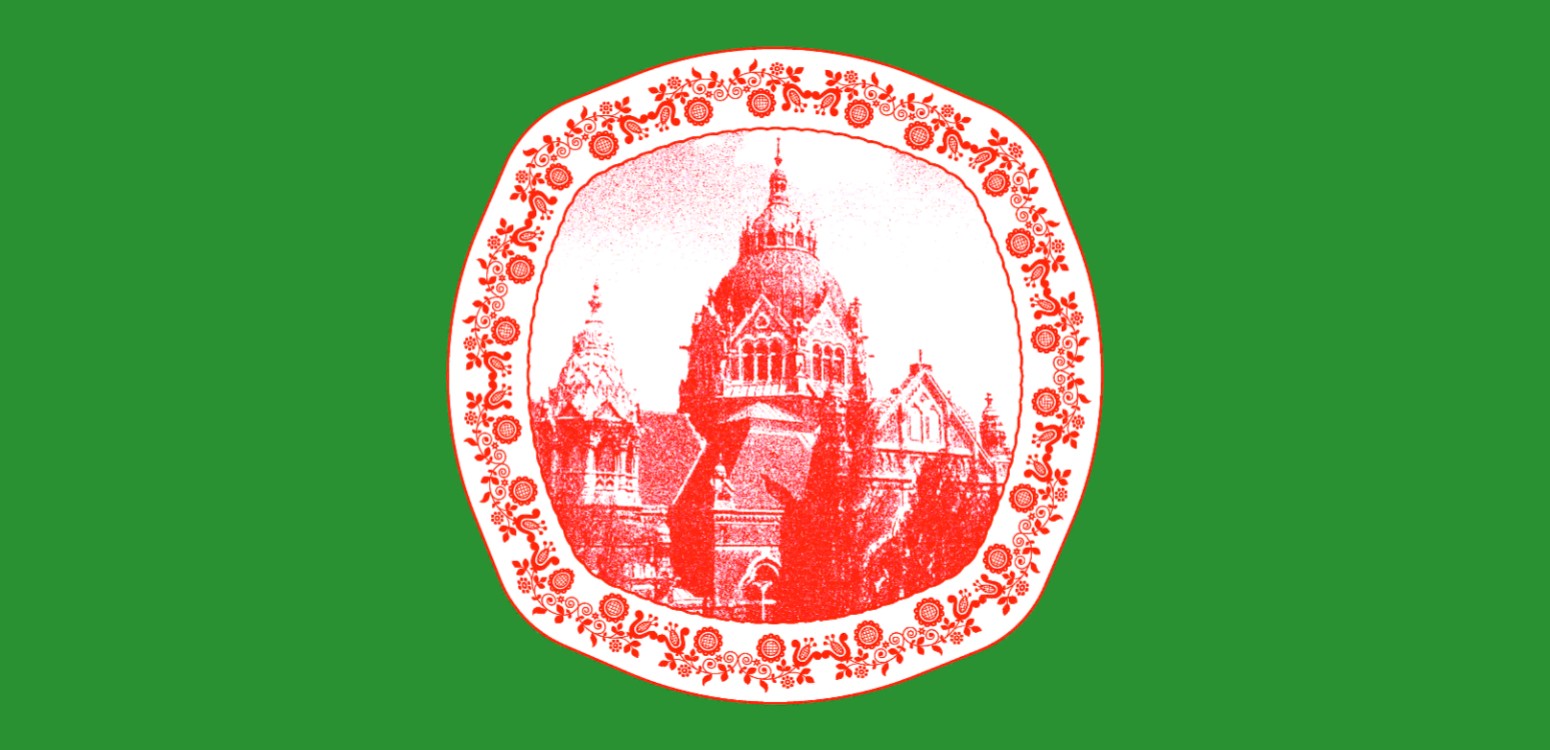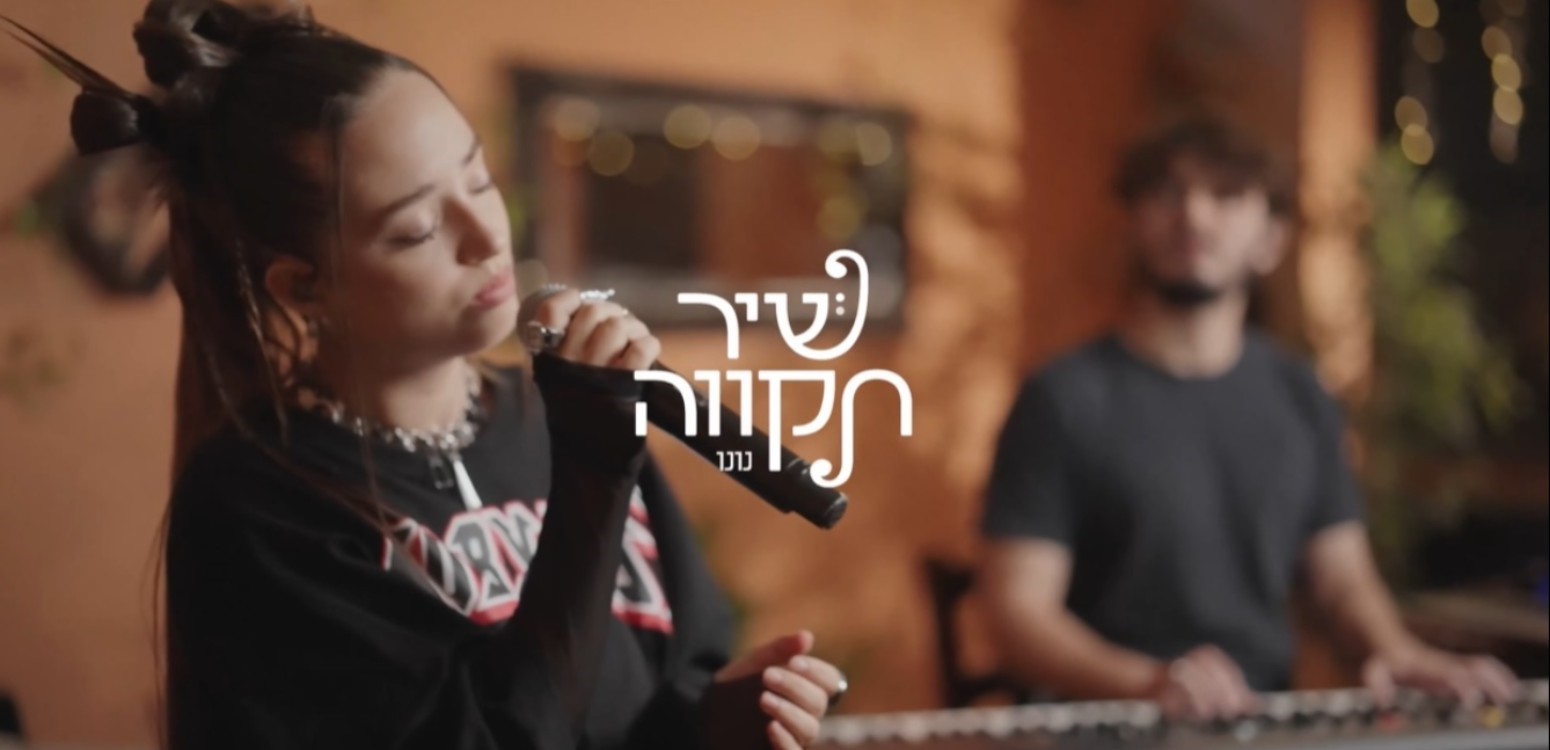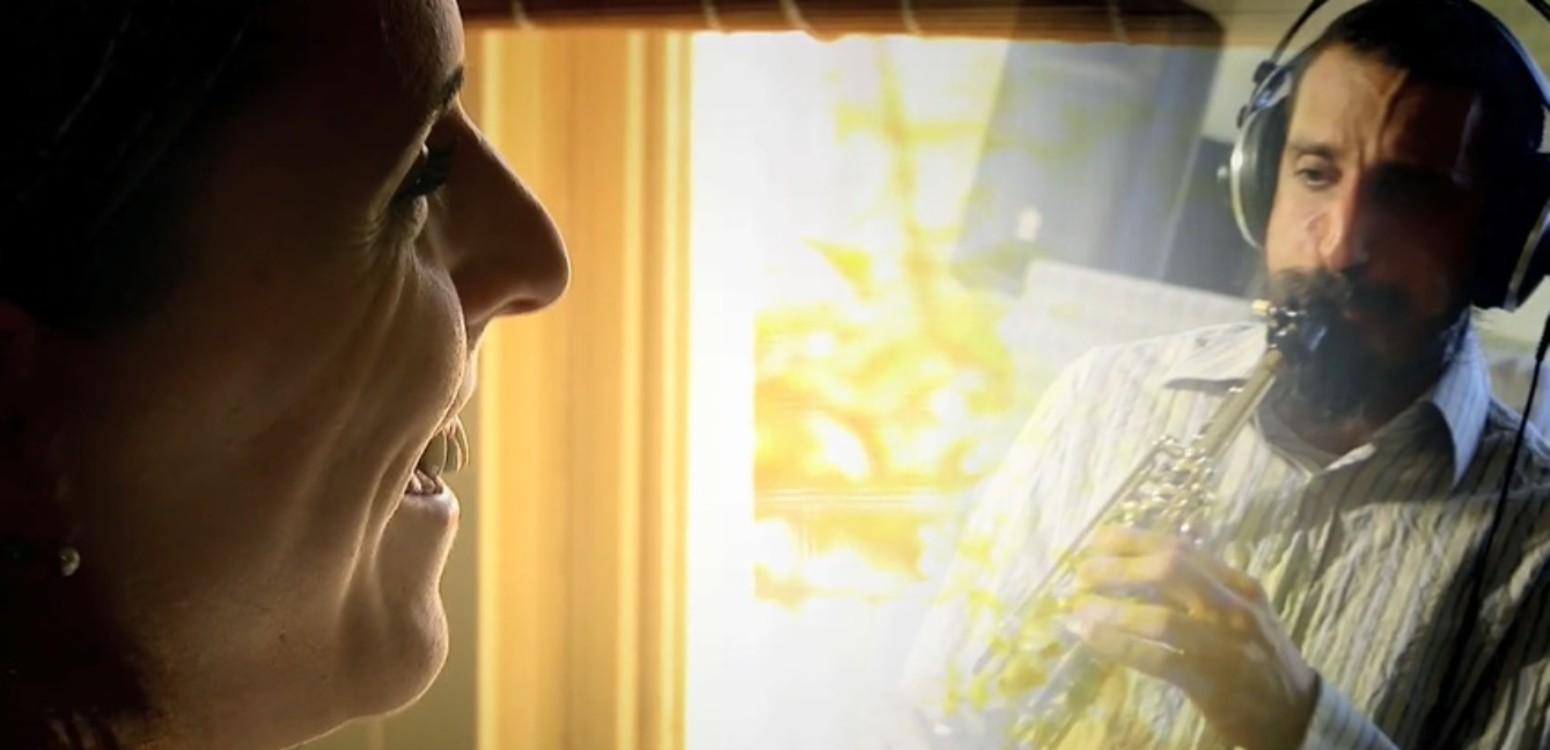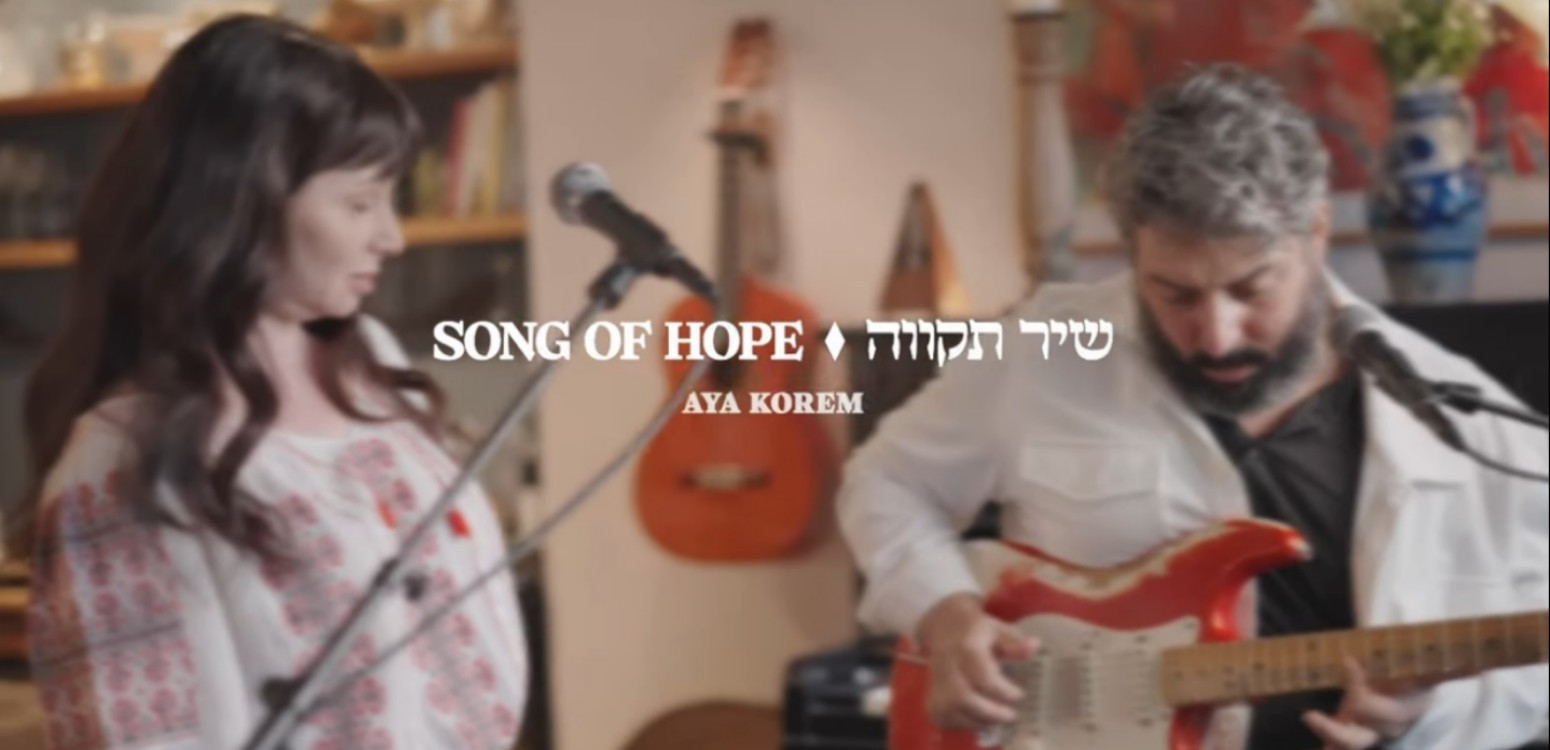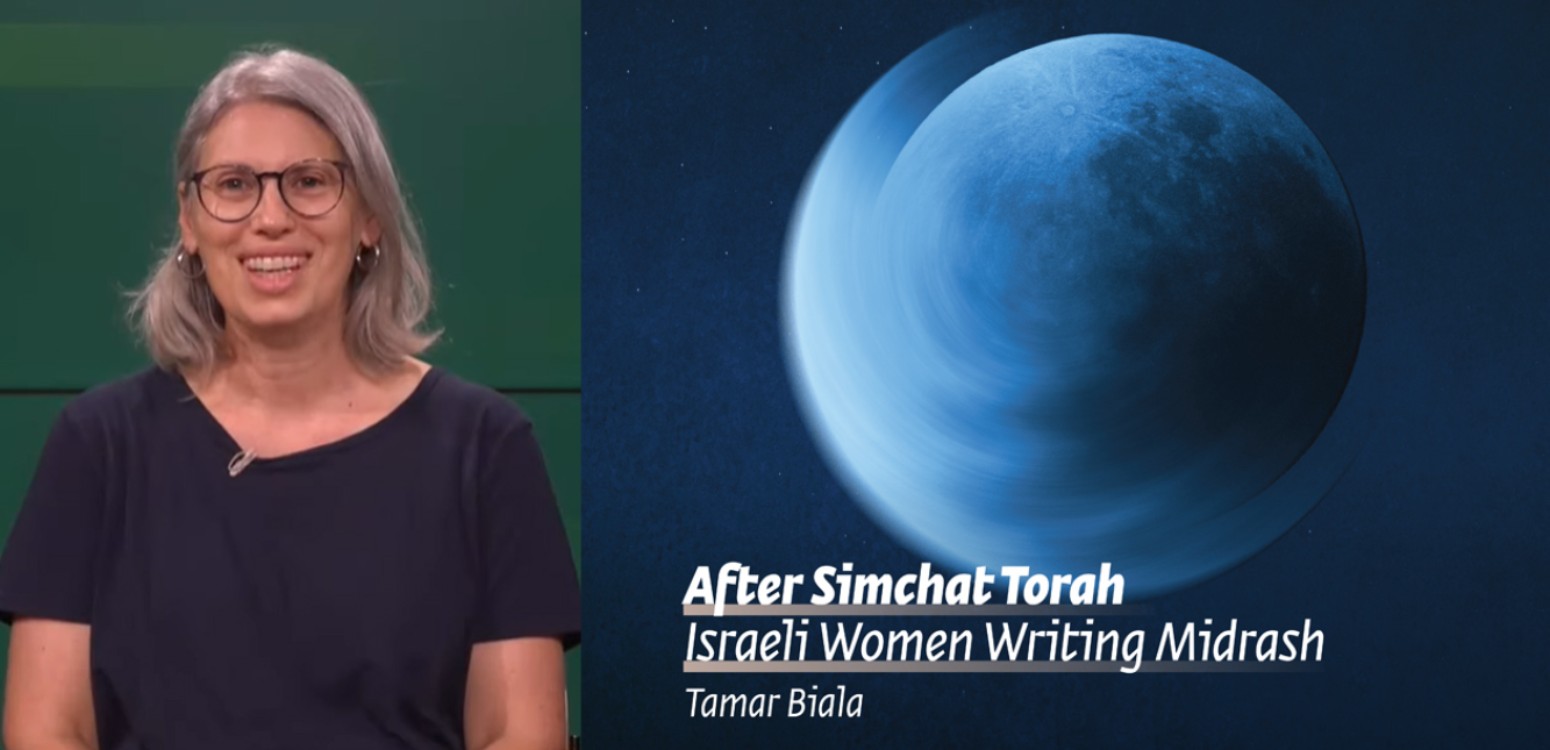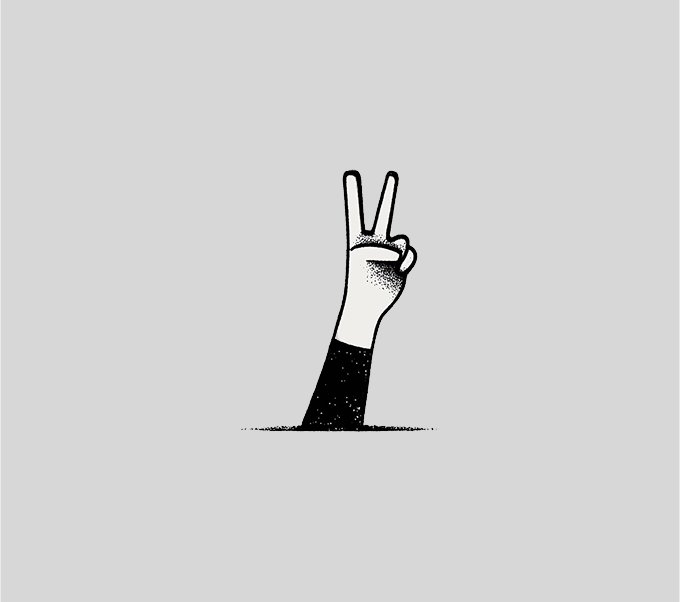
When did the Haggadah become a household staple? Why is it so focused on children? And which overlooked halachic detail could derail the entire Seder? Discover surprising answers to these and other questions in this fresh look at the Haggadah—Passover as you’ve never seen it before
When did it become popular? Why does it focus on children? The failure to comply with which halachic directive can disrupt the whole Seder? Answers to these and other questions – the Passover Haggadah as you have never known it before
1.
It feels like the Haggadah has always been here. However, the earliest version of the Haggadah as it is known to us today appears in the Siddur of Rav Saadia Gaon from the X century. Since then (and perhaps even before that) a gigantic dam was opened, which included an infinite amount of Haggadahs for Passover – some illustrated and some textual only.
2.
The Haggadah itself, contrary to what one might think, is not an independent work in itself, but a collection of Biblical exegesis, sayings of Chazal )the sages), prayers, blessings, piyyutim (Jewish liturgical poems) and Psalms. The sequence of the multitude of sources is mainly intended to fulfill the commandment v'hegadata l'bincha – “You shall tell your son on that day”, including the story of the Exodus from Egypt. That's why this collection is called Haggadah, from the word lehagid, meaning “to say” (to your son).
In addition to the parts taken from the holy sources, the Haggadah also contains the sequence of the Seder night, including the holiday's mitzvot, such as Kiddush, eating matzah in an amount equivalent to the size of four olives, charoset, afikoman, and so on.
3.
The Haggadah has a fixed route, creating a Seder, “order”, of a multitude of psalms, midrashim, mitzvahs and piyyutim that must be performed on this evening. Here are the signs and a brief explanation of each of them:
Kadesh (“Sanctify”) – recital of the Kiddush blessing over the wine
Urchatz (“And Wash”) – washing the hands before eating karpas
Karpas (“Vegetable”) – eating the vegetable after dipping it into salt water
Yachatz (“Halving”) – one of the three matzahs placed on the table is broken in half. One of the halves will later appear as the afikoman
Maggid (“Telling”) – reading the narrative and the chanting parts of the Haggadah
Rachitzah (“Washing”) – washing the hands before eating matzah
Motzi Matzah (“Who brings out matzah”) – blessing over matzah and eating it
Maror (“Bitter”) – eating the maror
Korech (“Wraps”) – eating a sandwich of matzah, maror and haroset, as Hillel did during the time of the Temple
Shulchan orech (“Set table”) – the moment everyone is waiting for – the holiday meal
Tzafun (“Hidden”) – hiding the afikoman and eating it after it is found
Barech (“Bless”) – blessing after the meal and drinking the third cup of wine
Hallel (“Exalt”) – recital of the Hallel prayer of thanks that is said on holidays and at the beginning of months
Nirtzah (“Desired”) – concluding the Seder and reciting piyyutim and psalms
4.
In different families and communities, the Haggadah is read in different ways. There are those who have the Seder host reading the entire Haggadah alone. In other families everyone present reads in turn. Some season the reading of the Haggadah with songs, others prefer only to read. Some read it only in Hebrew, others also read in their mother tongue, depending on their country of origin.
5.
A large and essential part of the Seder night is the commandment v'hegadata l'bincha, “You shall tell your son”. Telling the story of the Exodus to children is key, and so the Haggadah is also directed at them. That is why we do some things that are out of the ordinary: washing hands twice, eating karpas at the beginning of the Seder, singing Ma Nishtana, “What has changed”, offering a glass of wine to Elijah the Prophet, and of course, hiding the afikoman and then looking for it at the end of the night in order to keep the children awake and alert. Everything is designed to attract the children's attention, to convey to them the messages of the Haggadah and Passover in general.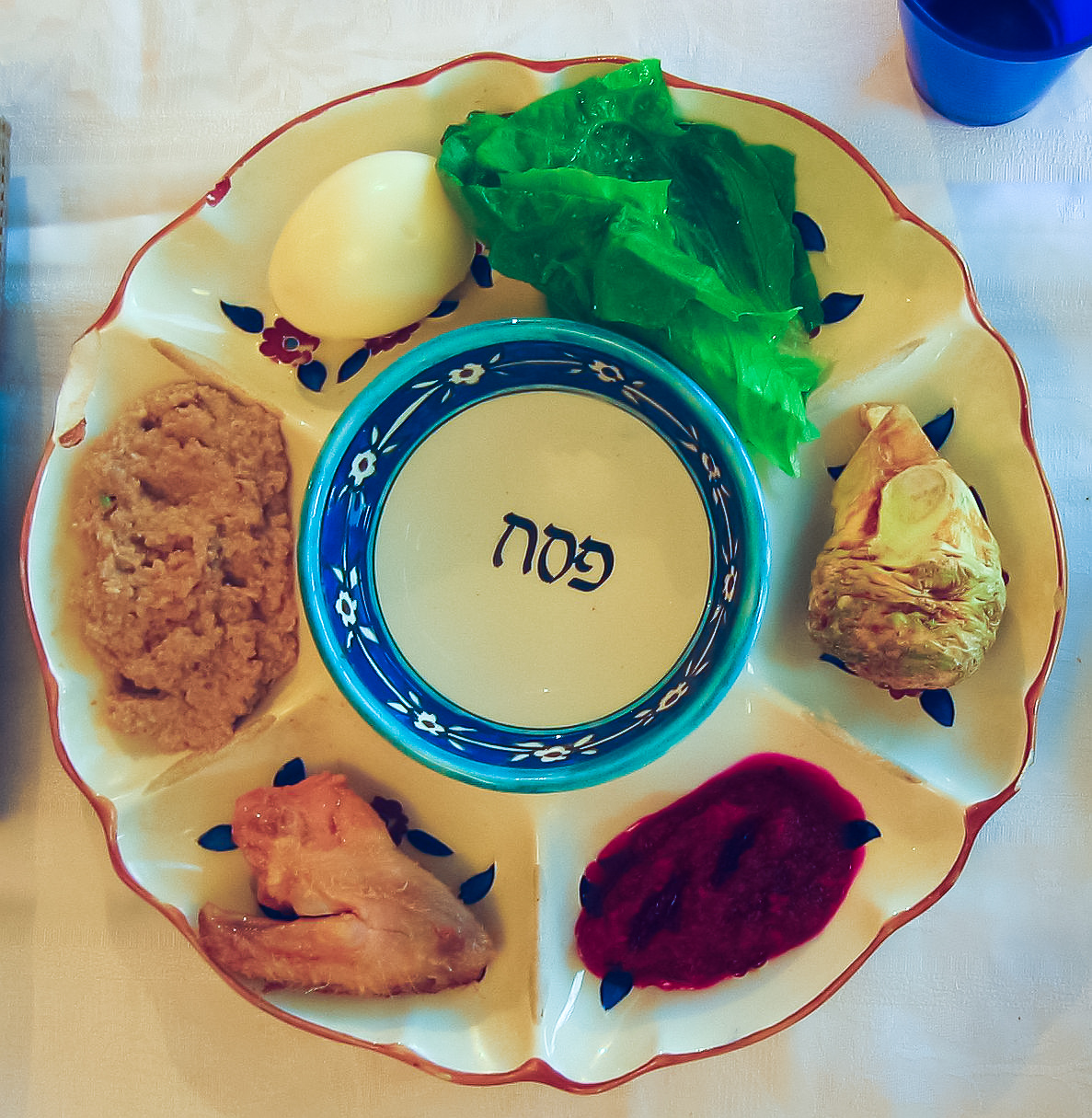
6.
Over the years, the Passover Haggadah became not only a text in itself, but also a source for many interpretations. Gedolei Yisrael – the most revered rabbis of each generation – wrote commentaries on the Haggadah, including Rashi, Rashbam, Shibbolei HaLeket, Ritva, David Abudarham, Rashbatz, Rabbi David HaNagid, Rabbi Isaac Abarbanel, the Maharal, the Gra, Chatam Sofer, the Lubavitcher Rebbe and many others.
7.
Many do not know that according to the halacha, one fulfils the obligation of eating unleavened bread (that is, four matzahs each weighing about 30 grams) and drinking four glasses of wine, only if they lean on the left. That is, we should lean a little to our left as we eat, as is the custom of the free. This halachic instruction appears in the vast majority of the Haggadahs; this should be checked before the Seder night itself.
8.
You may have noticed that one prominent character does not appear in the Haggadah almost at all. That is the chief of the prophets, the savior of Israel – Moses himself. According to the main school of thought, Moses is not the focus of the Passover narrative so as not to sway the attention, creating the illusion that he was the real star of the events. The idea was to put only God at the center of the story, so that no one would be mistaken.
9.
Over the years, many thousands of Haggadahs were printed in different editions and versions. The nostalgic Haggadahs can be seen on the National Library's website, and the contemporary Haggadahs can be seen in bookstores near your home, in different formats: Haggadahs with pictures of your family, comic book Haggadahs, highly illustrated Haggadahs and so on.
10.
Besides history, which is important in itself, the Haggadah also has spiritual dimensions, drawn from the world of Kabbalah. The idea is not only that we historically came out of Egypt, but that each and every person must come out of Egypt individually. In addition, the Haggadah, which begins with condemnation and ends with praise, mirrors the spiritual path of a human life. Start low – and from there you can only go up. The number four, which repeats again and again in the Haggadah (four cups of wine, four matzahs, four expressions of redemption) is the cornerstone number in Kabbalah too. It also describes four worlds that are the stages of the Kabbalistic chain of existence – action, formation, creation and emanation.
This article was originally published in Hebrew.
Main Photo: Ilana Shkolnik\Wikipedia
Also at Beit Avi Chai



